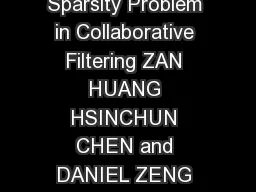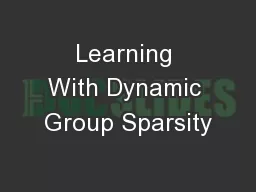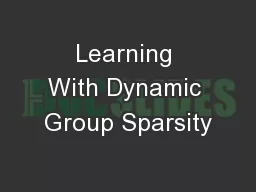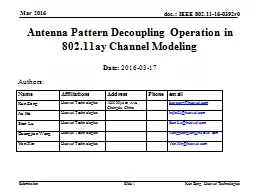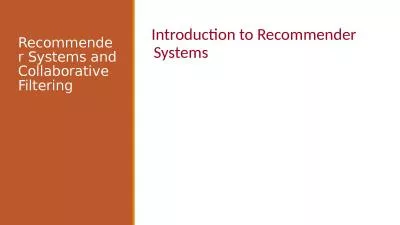PDF-Applying Associative Retrieval Techniques to Alleviate the Sparsity Problem in Collaborative
Author : min-jolicoeur | Published Date : 2015-02-01
Collaborative 64257ltering the most success ful recommendation approach makes recommendations based on past transactions and feedback from consumers sharing similar
Presentation Embed Code
Download Presentation
Download Presentation The PPT/PDF document "Applying Associative Retrieval Technique..." is the property of its rightful owner. Permission is granted to download and print the materials on this website for personal, non-commercial use only, and to display it on your personal computer provided you do not modify the materials and that you retain all copyright notices contained in the materials. By downloading content from our website, you accept the terms of this agreement.
Applying Associative Retrieval Techniques to Alleviate the Sparsity Problem in Collaborative: Transcript
Download Rules Of Document
"Applying Associative Retrieval Techniques to Alleviate the Sparsity Problem in Collaborative"The content belongs to its owner. You may download and print it for personal use, without modification, and keep all copyright notices. By downloading, you agree to these terms.
Related Documents

